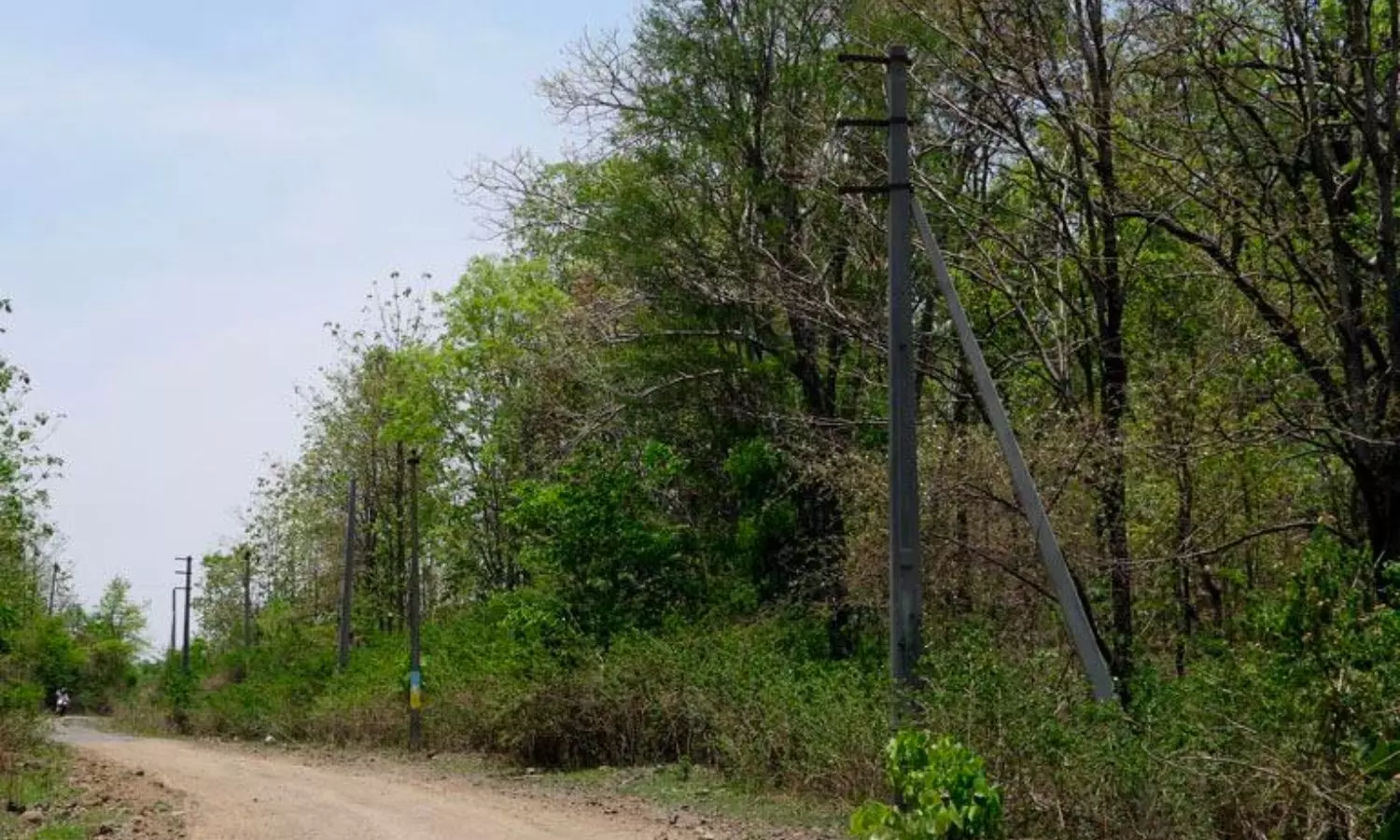'Electric jugad': 26 persons killed last year in Telangana rural; Discoms face brunt
It recorded 26 human deaths and 96 deaths of animals last year forcing the NPDCL to pay out Rs. 1.3 crore as compensation
By S. Harpal Singh
Adilabad: What is the greatest cause of worry for the Telangana Power Distribution Companies (Discom), other than of course, keeping power supply to agriculture and domestic sectors uninterrupted?
It is a huge amount of money being shelled out as compensation to the victims of accidental electrocution, even if the sufferer himself/herself is to be blamed for the incident.
The state government certainly did not reckon with unforeseen situations like deaths due to electrocution when it launched a 24X7 power supply in 2017-18. The number of such deaths has increased since then. The incidents are mainly taking place in agriculture fields located in far-flung forest fringes.
The problem is acute in the hilly and forested areas like the old undivided districts of Adilabad, Warangal, and Khammam. The round-the-clock power supply has made it convenient for farmers to electrify the crudely erected fence around the perimeter of their fields to ward off threats to their crops by marauding wild animals, especially the wild boars.
The issue will only get progressively worse as the Discoms keep adding hundreds of kilometers of LT and 11 KV electric supply lines across the state every year. In some cases, the electric LT lines pass through reserve forests which helps the farmer tap the power and stay undetected by authorities as well.
To electrify the fence, farmers connect the wire of the fence to the live cables passing overhead, especially during the night so that they need not spend sleepless nights guarding the standing crop. The problem occurs when they forget to disconnect the power supply during the day.
Often, unsuspecting passersby like a shepherd or cattle herder come into contact with the live wire and die. Sometimes, it could be the family members of the forgetful farmer or he himself who gets electrocuted besides wild animals which are protected by stringent forest laws.
In one incident, an ill-fated farmer himself came into contact with the live fencing wire. Though he had disconnected the supply, the fencing was live since the electric pole had fallen on it some distance away.
The Discoms pay a compensation of Rs. 5 lakh in case of the death of a human and Rs. 40,000 in case an animal dies due to electrocution. The same compensation is paid to victims who may have died in instances of electrocution at home.
In the Nirmal district, parts of which are hilly and forested, the electric supply line runs through the reserve forest for a cumulative distance of about 40 km and case wise it figures among those that constitute the worst-case scenario. It boasts 60,000 agriculture connections against the 50,000 in Mancherial, 15,000 in Adilabad, and 10,000 in Kumram Bheem Asifabad.
It recorded 26 human deaths and 96 deaths of animals last year forcing the NPDCL to pay out Rs. 1.3 crore as compensation to the kin of the human victims and over Rs. 38 lakh to owners of the dead animals. Hardly any of the concerned incidents involve negligence on the part of the power supply staff or officials.
"The problem is taking gigantic proportions," agreed Nirmal NPDCL Superintending Engineer Jaywanth Chauhan who pointed out that power is supplied for the agriculture sector for 18 to 20 hours. "We have just finished conducting awareness programs among farmers in remote villages as well as consumers in town in towns aiming to keep the issue under control," he added.
The thrust of the awareness drive was to tell farmers from rural areas about the danger posed by illegal electrification of the fencing. Consumers in towns were told about the precautions which need to be taken when setting up and operating air coolers n the home as a good number of electrocution deaths are attributed to faulty connections.